Green and Scalable Preparation of Colloidal Suspension of Lignin Nanoparticles and Its Application in Eco-friendly Sunscreen Formulations
- PMID: 34471747
- PMCID: PMC8387983
- DOI: 10.1021/acsomega.1c02268
Green and Scalable Preparation of Colloidal Suspension of Lignin Nanoparticles and Its Application in Eco-friendly Sunscreen Formulations
Abstract
Lignin nanoparticles (LNPs) are applied in several industrial applications. The nanoprecipitation of LNPs is fast and inexpensive but currently still limited to the use of hazardous organic solvents, making it difficult to apply them on a large scale. Here, we report a scalable nanoprecipitation procedure for the preparation of colloidal lignin nanoparticles (cLNPs) by the use of the green solvents dimethylisosorbide and isopropylidene glycerol. Irrespective of the experimental conditions, cLNPs showed higher UV absorbing properties and radical scavenging activity than parent LNPs and raw lignin. cLNPs were successively used in the preparation of eco-friendly sunscreen formulations (SPF 15, 30, and 50+, as evaluated by the COLIPA assay), which showed high UV-shielding activity even in the absence of synthetic boosters (microplastics) and physical filters (TiO2 and ZnO). Biological assays on human HaCaT keratinocytes and human skin equivalents demonstrated the absence of cytotoxicity and genotoxicity, associated with an optimal protection of the skin from UV-A damage.
© 2021 The Authors. Published by American Chemical Society.
Conflict of interest statement
The authors declare no competing financial interest.
Figures
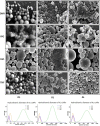
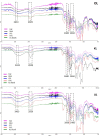
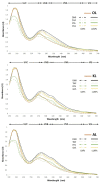


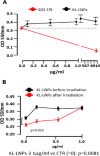
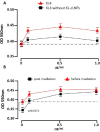

References
-
- Ge Y.; Li Z. Application of Lignin and Its Derivatives in Adsorption of Heavy Metal Ions in Water: A Review. ACS Sustainable Chem. Eng. 2018, 6, 7181–7192. 10.1021/acssuschemeng.8b01345. - DOI
LinkOut - more resources
Full Text Sources

